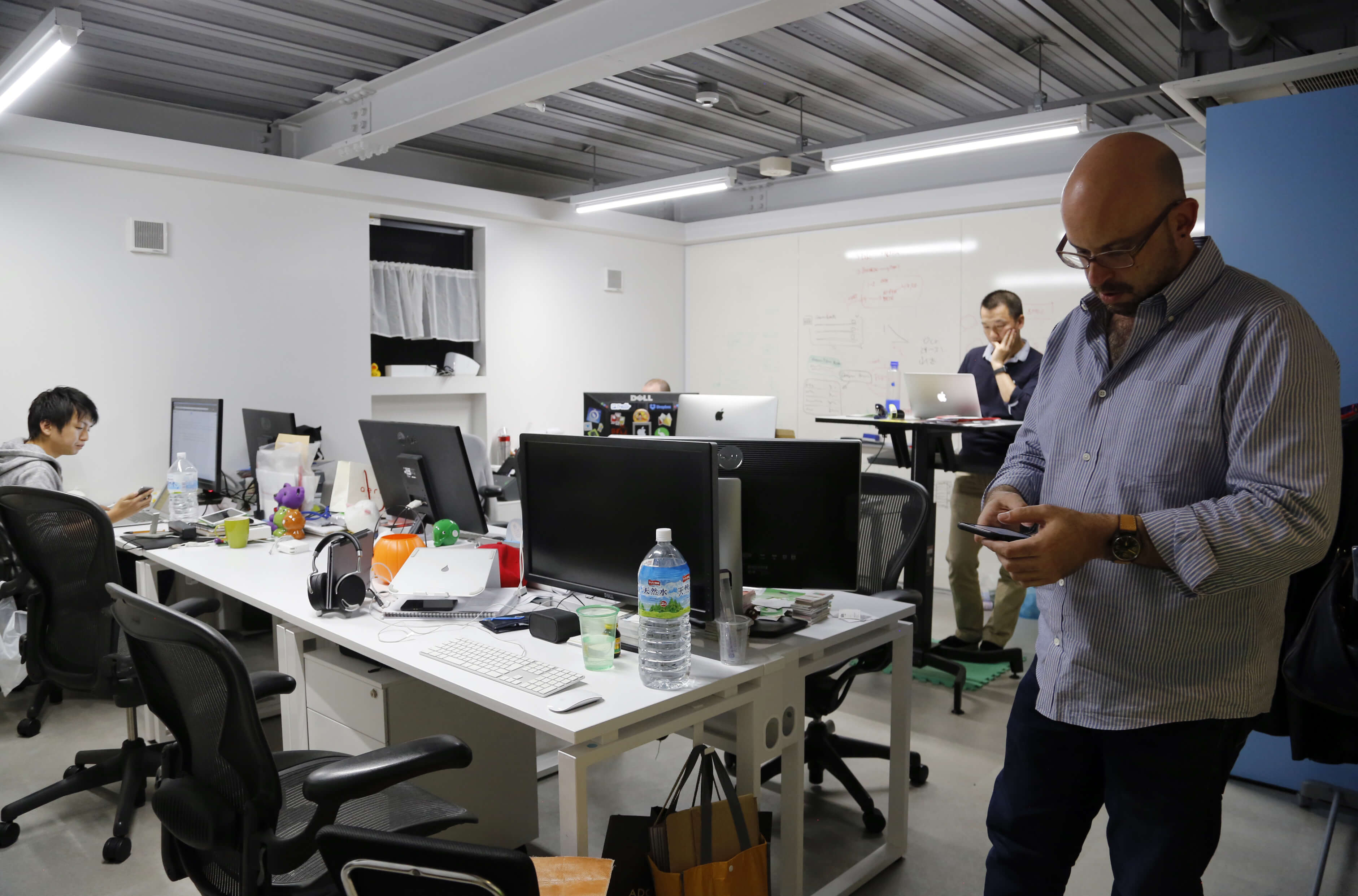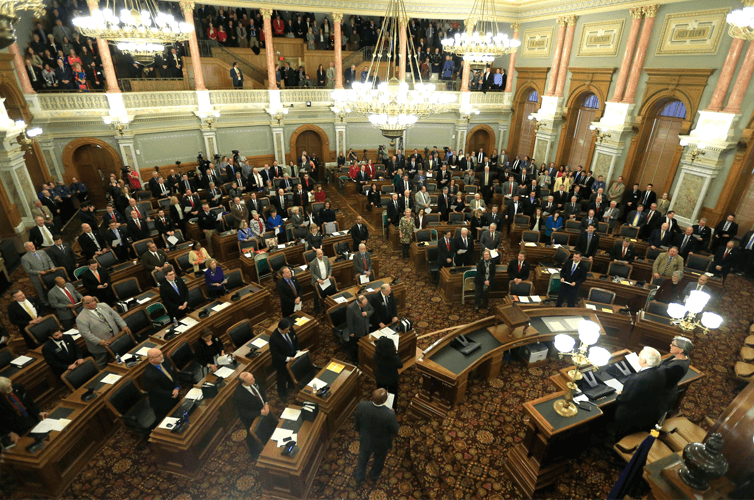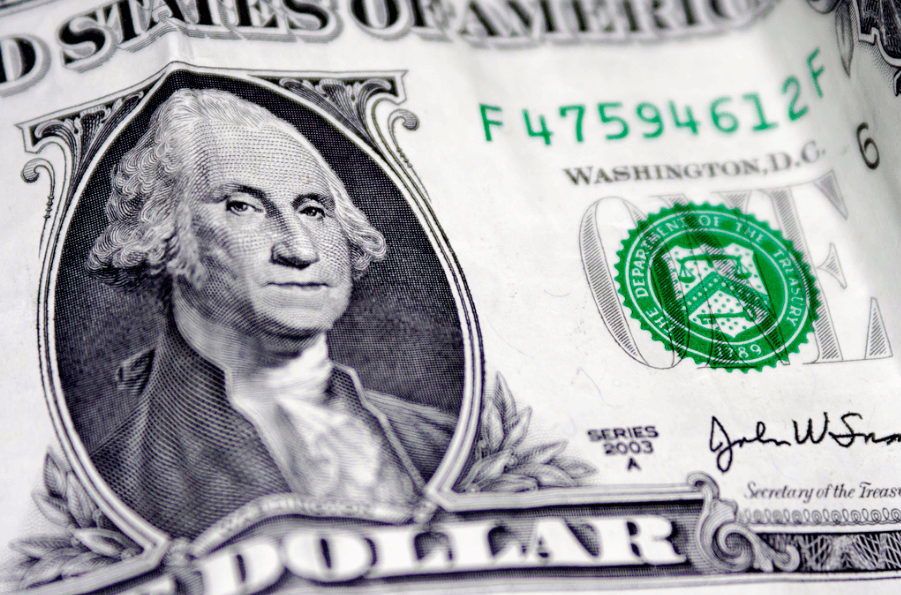Brad DeLong: Worthy reads on equitable growth, May 31–June 6, 2019
Worthy reads from Equitable Growth:
- Fascinating! Very, very big if true—and it might well be. Read Fatih Karahan, Benjamin Pugsley, and Aysegül Sahin, “Demographic Origins of the Start-up Deficit,” in which they write: “We propose a simple explanation for the long-run decline in the start-up rate … a slowdown in labor supply growth since the late 1970s, largely predetermined by demographics. This channel explains roughly two-thirds of the decline and why incumbent firm survival and average growth over the lifecycle have been little changed … We test the mechanism using shocks to labor supply growth across states.”
- “Charlatans and cranks” was what George W. Bush’s chief economist Greg Mankiw called Arthur Laffer and his ilk. Heather Boushey’s recent tweet about Laffer, “A few thoughts on Arthur Laffer’s legacy,” gets to the core of this criticism. She writes: “Laffer promoted a set of ideas to policymakers that promised to deliver a more fulsome American Dream, even though they were not grounded in empirical evidence. Time and again, we’ve seen that Laffer’s hypothesis that tax cuts will lead to an amount of growth that would make up for lost revenue and improve economic well-being broadly is false … Research undermines the contention since the 1970s that lower rates stimulate the economy. What they seem to do instead is increase inequality. Millions of families have felt the effects of stalled incomes and cutbacks in much-needed government services, including education … Former Kansas Gov. Sam Brownback, a proponent of Laffer’s ideas, admitted that putting his supply-side tax cut plan in place would be ‘a real live experiment,’ one that failed so spectacularly his Republican legislature overrode his veto.”
- Let me highlight something of mine from a couple of years ago that is worth highlighting now, in these days of trade wars. Read my interview in the San Francisco Review of Books. An excerpt: “Typically and roughly, the average import we buy from other countries we get for 30 percent off—we use foreign currency that costs us $1.40 to purchase goods and services made abroad that would cost us $2 worth of time, energy, resources, and cash to make at home. But there’s more. Typically and roughly, we sell the typical export to foreigners for about 40 percent more than we would get if we had to find a market for it at home: It costs us $1 worth of time, energy, resources, and cash to make stuff that we can sell to foreigners for $1.40 worth of foreign currency. Thus, for the country as a whole, our foreign trade sector—exports and imports—is a way to get $2 worth of value for $1 worth of work. That’s a very good deal. Our foreign trade sector takes advantage of this good deal on a mammoth scale: In the fourth quarter of 2016, we were trading goods and services at a rate of $2.8 trillion a year—17.5 percent of national income. That means that in a typical year, we sell exports that we could get $2 trillion for if we had to sell them here at home and get imports that would cost us $4 trillion. That makes us $2 trillion per year—$25,000 per family each year—richer and more prosperous. That is a big deal.”
Worthy reads not from Equitable Growth:
- I was remiss a couple of years ago in not highlighting this, by four very good friends of Equitable Growth. During the Great Recession, unemployment-benefit extensions had essentially no effect discouraging employment at all: Nobody took advantage of the unemployment-benefit extension to take an extra vacation on Uncle Sam’s dime. Read Christopher Boone, Arindrajit Dube, Lucas Goodman, and Ethan Kaplan, “Unemployment Insurance and Employment during the Great Recession,” in which they write: “We compare 1,161 county pairs that straddle the border between two states, such as Allegany County, Maryland, and Bedford County, Pennsylvania. Within each pair, counties share a similar geography and economic environment, but may have … different lengths of benefits, largely due to the economic situations in the rest of the state … Extending benefits by 73 weeks increased the employment-to-population, or EPOP, ratio by 0.2 percent, a negligible amount that is not statistically significant. While our employment estimates are not statistically distinguishable from zero, they do rule out moderate-sized negative employment effects of the UI extensions on EPOP of 0.5 percent or more.”
- We still do not really know why the distribution of income has shifted against labor so much in the past generation. Read Tim Taylor, “Why Did the U.S. Labor Share of Income Fall So Quickly?” for some ideas from a recent report from The McKinsey Global Institute by James Manyika, Jan Mischke, Jacques Bughin, Jonathan Woetzel, Mekala Krishnan, and Samuel Cudre. Taylor notes that the report finds: “From 1947–2000, the labor share of income fell from 65.4 percent to 62.3 percent. There already seemed to be a pattern of decline in the 1980s and 1990s in particular, which was then reversed for a short time at the tail end of the dot-com boom. But since 2000, the labor share has sunk to 56.7 percent in 2016 … ‘We find that that the main drivers for the decline in the labor share of income since 1999 are as follows, starting with the most important: supercycles and boom-bust (33 percent), rising depreciation and shift to IPP capital (26 percent), superstar effects and consolidation (18 percent), capital substitution and technology (12 percent), and globalization and labor bargaining power (11 percent) … One possible interpretation is that sharp drop in labor income from 1999–2016 was a little deceptive, because in part it was based on cyclical factors, but a number of the factors underlying a longer-term decline in labor share continue to operate.”
- The eurozone has neither domestic monetary space nor fiscal space nor exchange rate depreciation space to fight a recession, should it come. Of course, the United States is in no better a position. Read Paul Krugman, “After Draghi,” in which he writes: “Europe’s overall performance since the 2008 crisis has been better than, I believe, most U.S. observers realize. The big problem now, I’d say, is the extreme fragility of Europe with respect to any future shocks. In the years since Draghi came in, the euro area has done surprisingly well in restoring growth and regaining employment losses. But this success rests on extremely low interest rates and an undervalued euro. What this means is that Europe has essentially no “monetary space”—there is nothing more it can do if something goes wrong. If there’s a Chinese recession, or Trump slaps tariffs on German cars, or whatever, what can Europe do? The European Central Bank can’t significantly ease monetary policy. Fiscal expansion could help, but it would have to be led by Germany, which seems implausible.”
- The focus in “How to Design a Stimulus Package” on the unemployment multiplier number seems very good. The two authors, Pascal Michaillat and Emmanuel Saez, write: “the size of the stimulus does not follow the bang-for-the-buck logic … Stimulus spending should be similarly small when multipliers are small and large. The stimulus should only be large for medium multipliers. Relatedly, the threshold value of one for the multiplier plays no role at all … A well-designed stimulus package should also depend on the usefulness of public expenditure … When the elasticity of substitution is higher, extra public goods are more valuable, so stimulus spending is more desirable … We find that the output multiplier is not a robust statistic to use in stimulus discussion. Instead, we should use the ‘unemployment multiplier.’”






